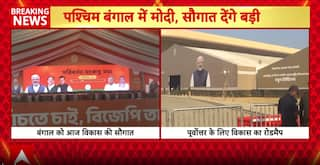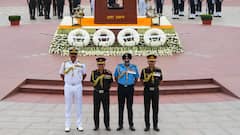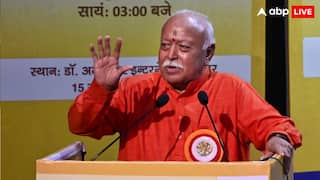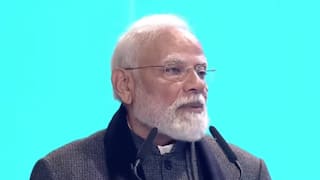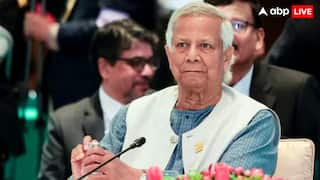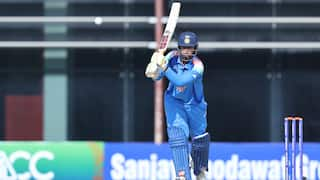Extreme Poverty Remained Less Than 1% In 2019, Even During Pandemic Year 2020: IMF
It further stated that if the low levels of extreme poverty remained for two consecutive years, including the pandemic year 2020, then it can be considered as elimination of extreme poverty

New Delhi: Extreme poverty in India remained less than 1 per cent in 2019 and remained at the same level during the pandemic year 2020, revealed a new report published by the International Monetary Fund (IMF).
The paper titled, 'Pandemic, Poverty, and Inequality: Evidence From India' stated that extreme poverty (less than PPP$ 1.9 per person per day) in India was at 0.8 per cent in 2019 and remained at the same level during the pandemic year (2020) because of food transfers.
“Extreme poverty was as low as 0.8 per cent in the pre-pandemic year 2019, and food transfers were instrumental in ensuring that it remained at that low level in pandemic year 2020,” the paper read. “Post-food subsidy inequality at .294 is now very close to its lowest level 0.284 observed in 1993/94,” it stated.
The paper also elaborated that if the low levels of extreme poverty remained for two consecutive years, including the pandemic year 2020, then it can be considered as elimination of extreme poverty.
ALSO READ: After Petrol And Diesel, CNG Price Increased By Rs 2.5 Per Kg In Delhi. Check Latest Rates Here
The Pradhan Mantri Garib Kalyan Yojana (PMGKY) was attributed as critical in preventing any increase in the extreme poverty levels in the country, and the doubling of food- entitlements was said to have worked substantially in terms of absorbing the Covid-19 induced income shocks on the poor.
“89.1 per cent of rural eligible households and 77.3 per cent of urban households (all India average - 84.6 per cent) received food transfers during the pandemic via the PDS (the Pradhan Mantri Garib Kalyan Yojana),” the paper read.
The paper noted that “the pandemic shock is largely a temporary income shock and therefore, temporary fiscal policy interventions can absorb a large part of the shock.”
An important determinant of poverty, the consumption growth, was found to be higher in 2014-2019 than the robust growth that was observed earlier, between 2004 and 2011.
The paper also examined, in some detail, the plausibility of results contained in the NSS consumer expenditure survey of 2017-18 and concluded that the survey was not of a quality that would be useful for any analysis.
ALSO READ: Sensex Tumbles Over 470 Points, Nifty Trades Below 17,900 Amid Weak Global Cues
“The paper presents estimates of poverty [extreme poverty PPP$1.9 and PPP$3.2] and consumption inequality in India for each of the years 2004-05 through the pandemic year 2020-21. These estimates include, for the first time, the effect of in-kind food subsides on poverty and inequality,” read the abstract of the paper.











